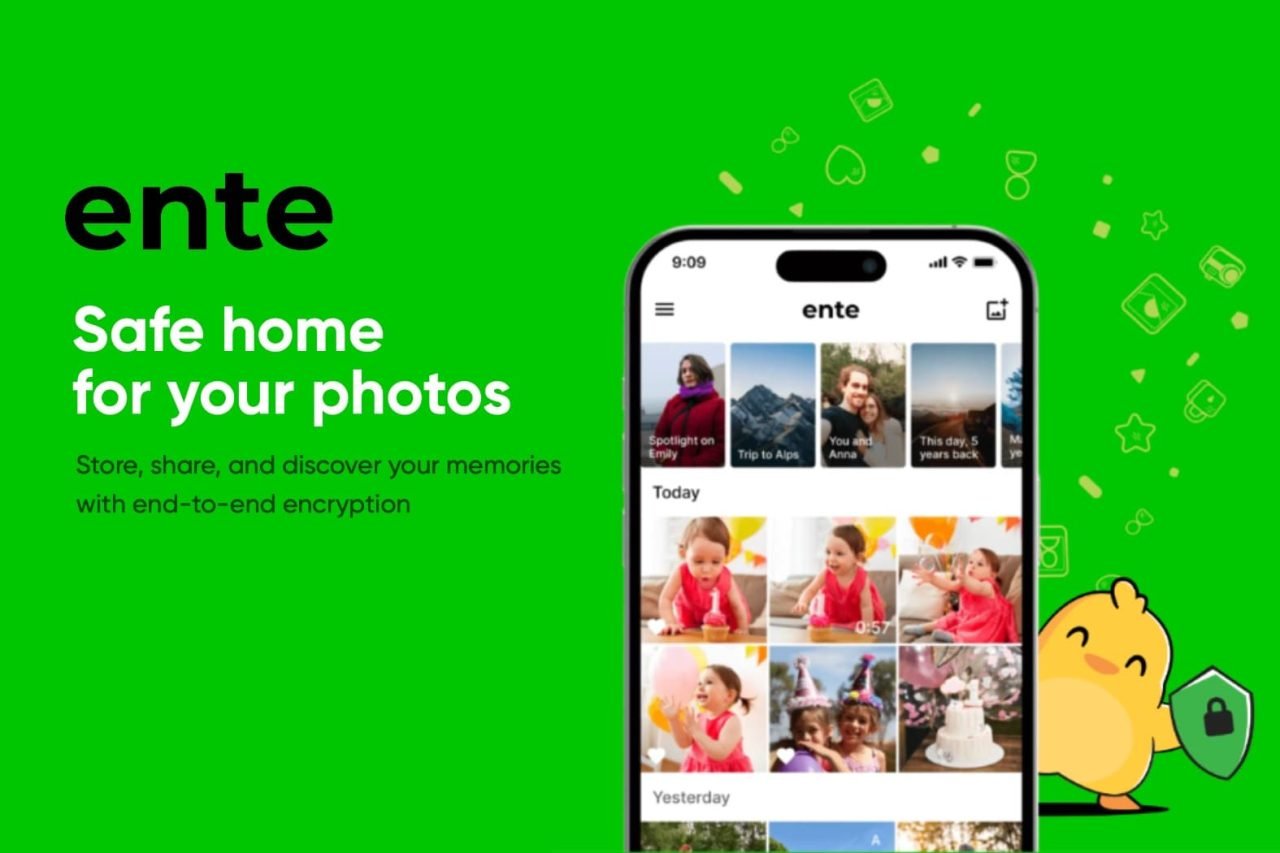In an era where digital privacy is increasingly under threat, Ente Photos emerges as a robust solution for secure photo storage. The service offers end-to-end encryption, ensuring that users maintain control over who accesses their digital memories. Available across multiple platforms, Ente provides a user-friendly interface while prioritizing privacy.
As traditional photo storage services like iCloud Photos and Google Photos become ubiquitous, their approach to security has come under scrutiny. Many users, like myself, have relied on these platforms without fully understanding the potential vulnerabilities. While iCloud offers some level of encryption, it often requires users to enable additional security features manually. Google Photos, on the other hand, primarily encrypts data in transit and at rest, leaving room for potential exposure.
Why Ente Photos Stands Out
Ente Photos differentiates itself by offering default end-to-end encryption for all photos, videos, and metadata. This means that not even Ente itself can access your content, a significant departure from the practices of many mainstream services. The platform supports seamless automatic backups, family albums, and shared libraries, all while maintaining a strong emphasis on user privacy.
Ente’s commitment to transparency is further highlighted by its open-source nature and public audits, which contrast sharply with the closed systems of its competitors. This transparency is crucial for users who prioritize security and want reassurance that their data is handled responsibly.
Comparing Ente, iCloud, and Google Photos
To better understand Ente’s unique offerings, let’s compare it with iCloud Photos and Google Photos:
- End-to-End Encryption (E2EE): Ente provides E2EE by default, while iCloud requires manual activation, and Google Photos lacks this feature entirely.
- Data Access by Provider: Ente does not access user data, whereas iCloud and Google Photos can unless additional security measures are taken.
- Cross-Platform Support: Ente offers extensive support across iOS, Android, Web, macOS, Windows, and Linux, unlike the more restrictive ecosystems of its competitors.
- Business Model: Ente operates on a subscription basis, focusing on privacy, whereas Google Photos relies heavily on ad revenue.
Key Features of Ente Photos
Ente Photos offers a range of features designed to enhance user experience while safeguarding privacy:
- End-to-End Encryption: Ensures that all photos and their metadata are stored securely, accessible only by the user.
- Cross-Platform Availability: Ente’s apps are available on multiple platforms, providing a consistent user experience.
- Family Plans: Share your subscription with up to five family members, each with their own private space.
- AI-Powered Search: Utilize on-device AI to search through your library using natural language.
- Encrypted Album Sharing: Share albums securely with end-to-end encryption.
Testing and User Experience
In testing, Ente’s automatic backup and cross-device sync features performed flawlessly. Photos uploaded via one interface were quickly available across all devices. The offline mode allowed access to cached thumbnails, with full data becoming available upon reconnection to WiFi. Ente’s export feature also proved effective, allowing users to download an archive of their library, ensuring data portability.
For users concerned about iCloud’s optimized storage, Ente accesses full-resolution photos using standard iOS APIs, downloading originals from iCloud as needed. This ensures that users can maintain high-quality backups without compromising on storage space.
Conclusion: A Privacy-First Approach
Ente Photos offers a compelling alternative for those seeking a secure and privacy-focused photo storage solution. With its robust encryption, cross-platform support, and user-friendly design, Ente empowers individuals and families to protect their digital memories. As concerns over digital privacy continue to grow, Ente stands out as a modern, secure option for photo storage.
For more information, visit ente.io.
